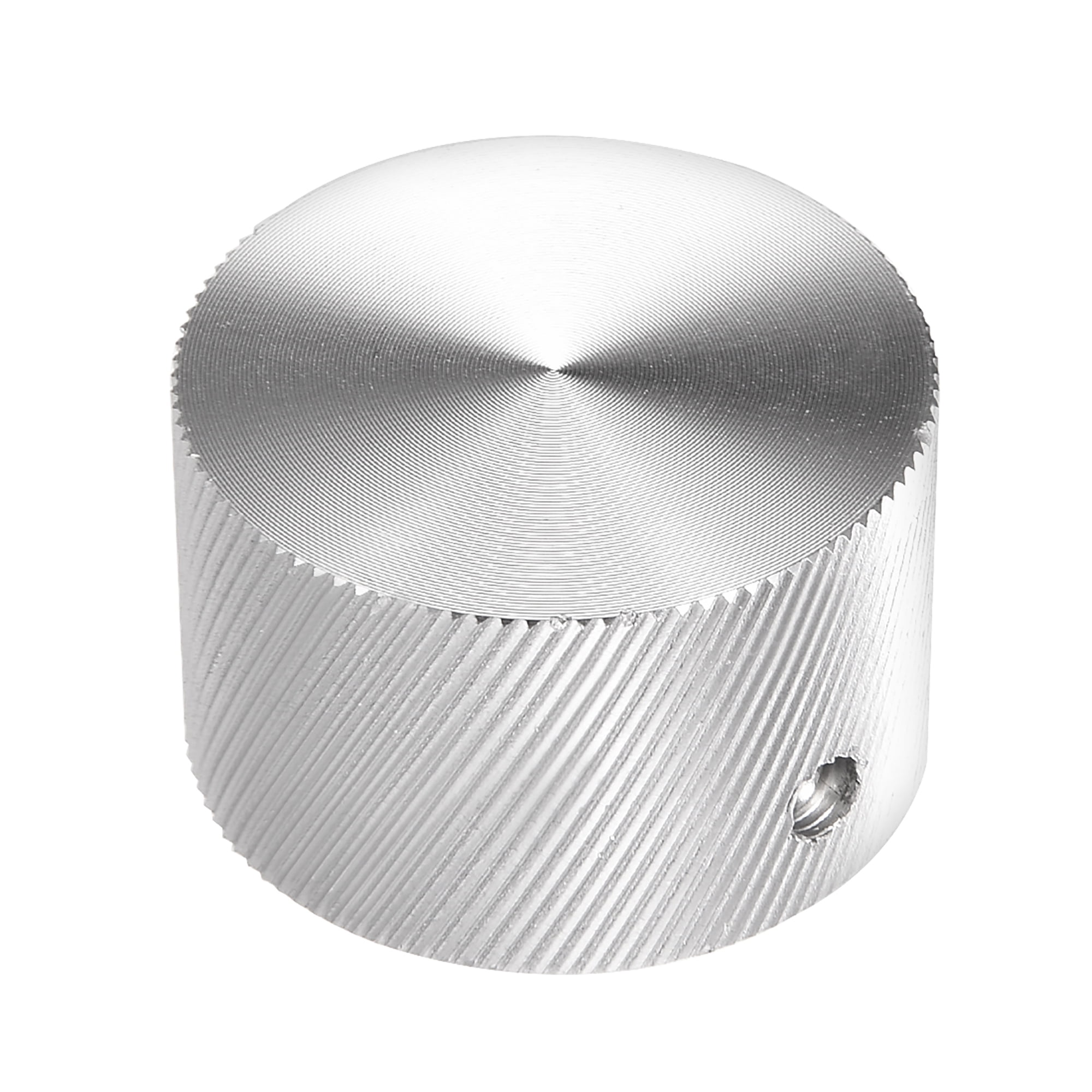
These aren’t the only microphones recommended for recording a deep voice, but they’re great places to start in the condenser and dynamic categories. It produces clean, natural sound and records rich, smooth low frequencies, which make it a great option for deep vocal work. Shure SM78 dynamic microphone is a popular entry-level mic perfect for projects focusing on voice work.It’s also a small-diaphragm mic - this means that it’s great at reproducing sound evenly and cutting out background noise from your recordings.

It produces a classic recording sound focused on voice and produces the clarity you’re looking for when recording lower frequency sounds like a deep voice. AKG C414 XLII condenser microphone is a top-of-the-line mic perfect for capturing a deep booming voice.There are also some accessories you’ll want to make sure you have to get the best recordings possible, but let’s start with some microphones perfect for a deep voice. Microphones come in all shapes and sizes, but they can mostly be broken down into two categories: condenser microphones and dynamic microphones. Microphones and Accessories for Deep Voice RecordingĪrguably the most important part of recording a deep voice is using a quality microphone. Quality audio connectors, adapters, and cables to carry the signal from your microphone or instruments through the preamp into the soundboardĬonnectors, adapters, and cables might seem like a good place to save a few dollars - it’s not! The quality of the rest of your setup won’t matter if the cables and connectors carrying the signal transmit poor-quality recordings.Quality pre-amp for condenser microphones to clean your signal before you further alter it.A quality microphone tailored to your style.

In addition to a quality soundboard, you will also need: Picking the right soundboard is important, but it’s not the only important aspect of creating quality recordings. Your soundboard and digital audio workspace can help you achieve your goals whether you want to match what you hear in your head, give yourself a deeper voice than you have, or give yourself a deeper voice for some laughs in a chatroom. This change in how you perceive your voice can be distracting, irritating, and difficult to look past when listening to the recordings of yourself. When your vocal cords vibrate, the vibrations travel through the bone and muscle in your head and give a false sense of bass. Most people don’t like the sound of themselves because there’s a difference in the way we hear ourselves versus the way others hear us and how we sound on recordings. While it’s now considered more important to have an even, conversational tone, people still strive for the comforting sounds of a deep, rich voice.Įveryone wants to sound good when recording themselves, but people usually have a strange reaction to hearing their voice. That’s known as a broadcasting voice, and it used to be standard for broadcasters to try and deepen their voices as much as possible to reach those levels. When you think of the host of your favorite podcast or your local radio station, you’ll mostly recall deep, rich voices that draw your attention and pull you in. This article will help you determine what you need so that you can jump right into working on your projects, and with our massive library of royalty-free stock music and sound effects, you’ll be able to create content in no time.

Setting up a deep voice soundboard is quick and easy, provided you have the right equipment and don’t mind experimenting with your specific software. Thankfully, it’s a much more streamlined process than it appears. Once you include your digital audio workstation, or DAW, into the mix it can feel overwhelming. There are many settings and knobs, and multiple ports for input and output. Setting up a soundboard - also known as a mixing board or mix console - can be intimidating.


 0 kommentar(er)
0 kommentar(er)
